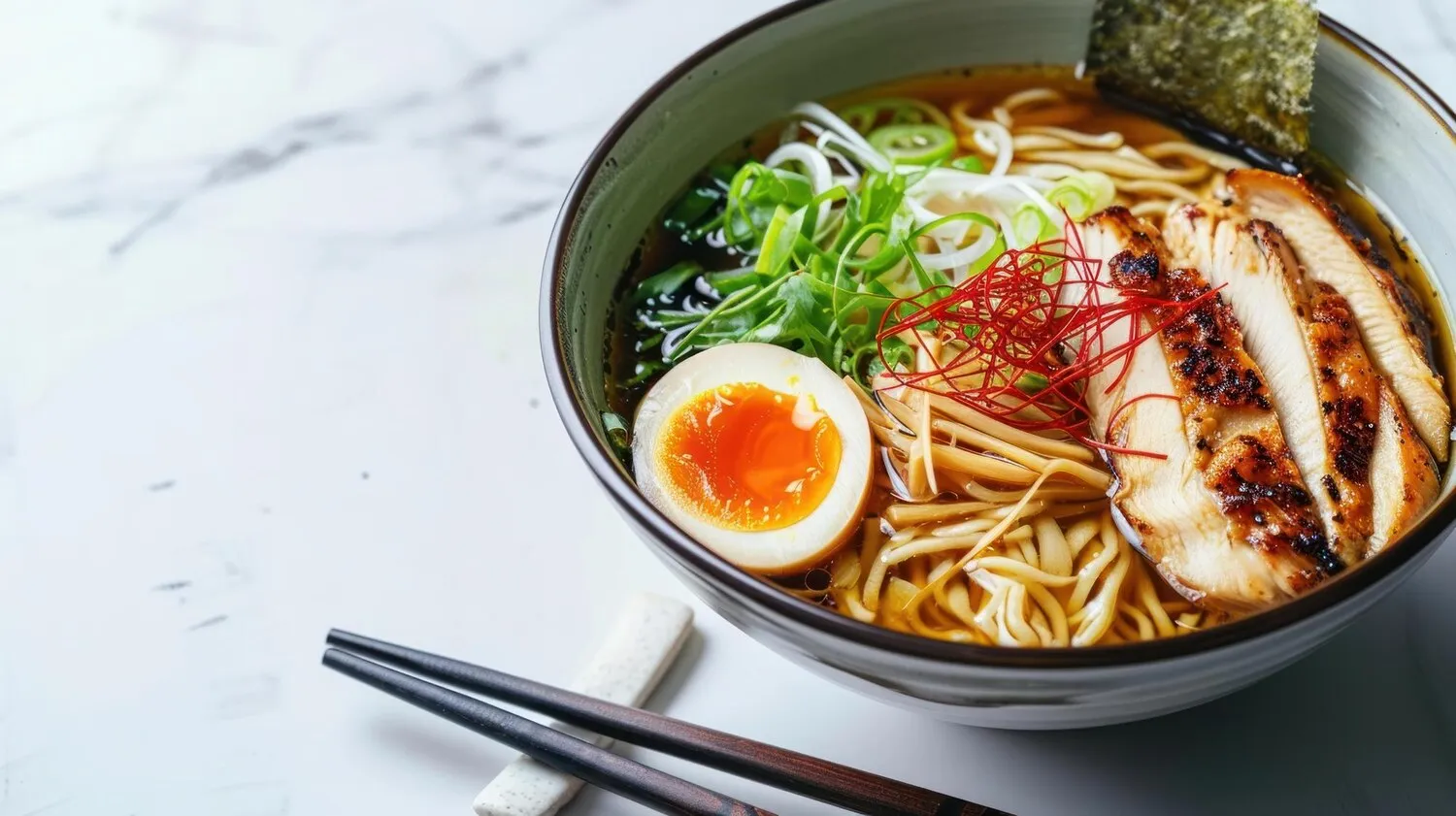
Pho
A Vietnamese soup consisting of broth, rice noodles, herbs, and meat (usually beef).
Nutrition Facts
* The % Daily Value (DV) tells you how much a nutrient in a serving of food contributes to a daily diet. 2,000 calories a day is used for general nutrition advice.
Yen's Cafe
Pho's origins are debated, but most believe it emerged in the late 19th/early 20th century in Northern Vietnam during the French colonial period. Some theories suggest it was influenced by French pot-au-feu (beef stew) and Chinese noodle soups. The availability of beef after the French increased its consumption is also considered a factor.
Pho is more than just a dish; it's a national symbol of Vietnam, deeply ingrained in its culture and daily life. It's a comforting and affordable meal enjoyed by people of all ages and socioeconomic backgrounds, and its popularity has spread globally.
Breakfast Staple
Pho is traditionally eaten for breakfast in Vietnam, though it's enjoyed throughout the day. Street vendors and small restaurants, known as 'phở' establishments, serve it from early morning until late at night.
Regional Variations
Different regions of Vietnam have their own variations of Pho. Northern Pho (Phở Bắc) typically has a clearer broth and simpler toppings, while Southern Pho (Phở Nam) tends to be sweeter, richer, and has a wider variety of garnishes.
Cultural Significance
Pho is often associated with family gatherings and special occasions. Making and sharing Pho can be a way to connect with Vietnamese heritage. It represents Vietnamese resilience and adaptability.
Pho boasts a complex and aromatic flavor profile, balancing savory, sweet, and umami notes with fresh herbs and a hint of spice.
The broth is the soul of Pho, typically made by simmering beef bones (or chicken bones for Pho Ga) with spices like star anise, cinnamon, cloves, cardamom, coriander seeds, and ginger for hours. This creates a rich, savory, and aromatic base. Rice noodles (bánh phở) provide a delicate texture. Toppings like thinly sliced beef ( tái, chín, or nạm - rare, well-done, or flank), or chicken, add protein and flavor. Fresh herbs like cilantro, Thai basil, mint, and bean sprouts contribute freshness. Lime wedges and chili peppers or chili sauce allow diners to customize the spice and acidity levels.
Broth is Key
Don't rush the broth. Skim off any impurities that rise to the surface during simmering for a cleaner flavor. Roasting the bones and spices before simmering enhances their aroma.
Noodle Preparation
Use fresh bánh phở if possible. If using dried noodles, soak them according to package instructions and cook them al dente to prevent them from becoming mushy in the hot broth.
Topping Perfection
Slice the beef very thinly for best results. For tái (rare beef), quickly sear or blanch the slices before adding them to the bowl. Fresh herbs and a squeeze of lime are essential for a bright and flavorful finish.
Spice Level
Adjust the spice levels to your preference. Sriracha, chili garlic sauce, or fresh chili peppers can be added to the broth or used as a side condiment.
Explore additional Soup, Noodles dishes and restaurants
Explore Soup, NoodlesDiscover top dining spots and culinary experiences in Ashburn.
Explore AshburnLearn more about the food culture, restaurant scene, and culinary heritage of United States.
Explore United States